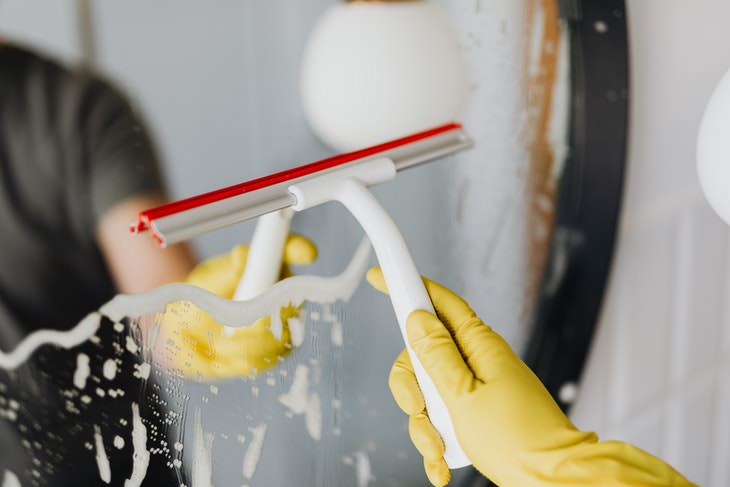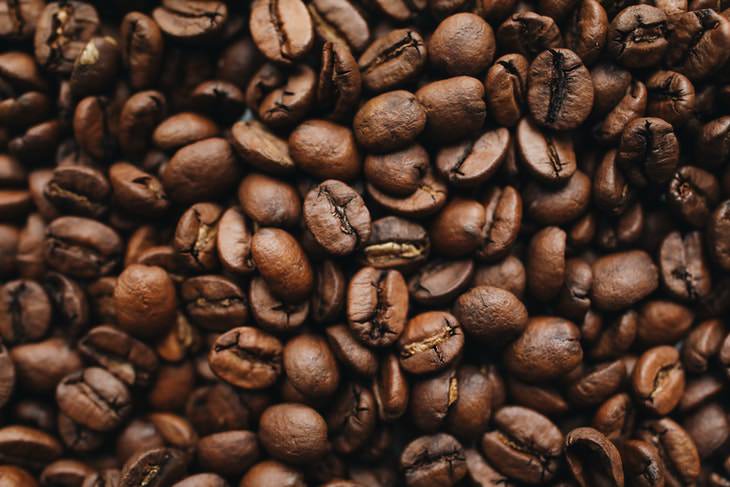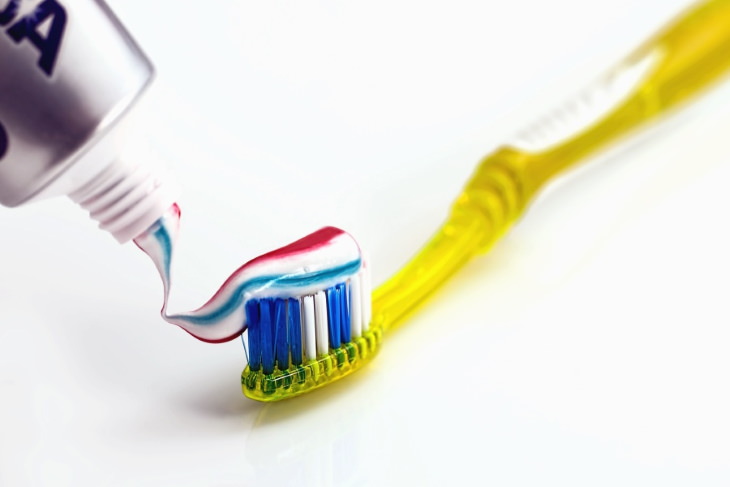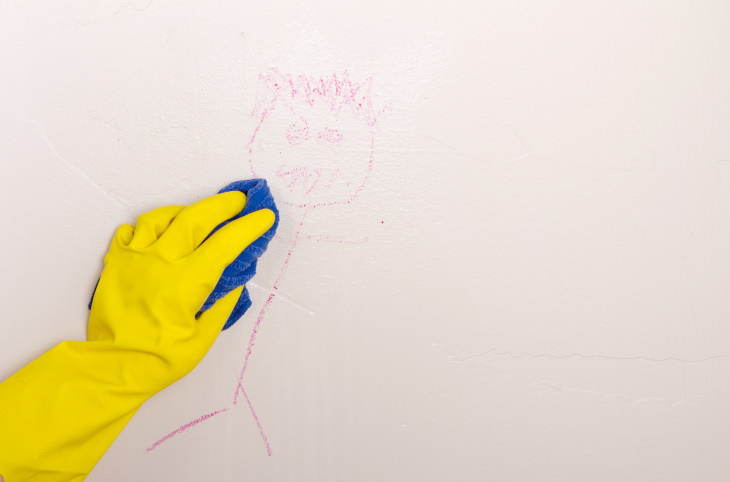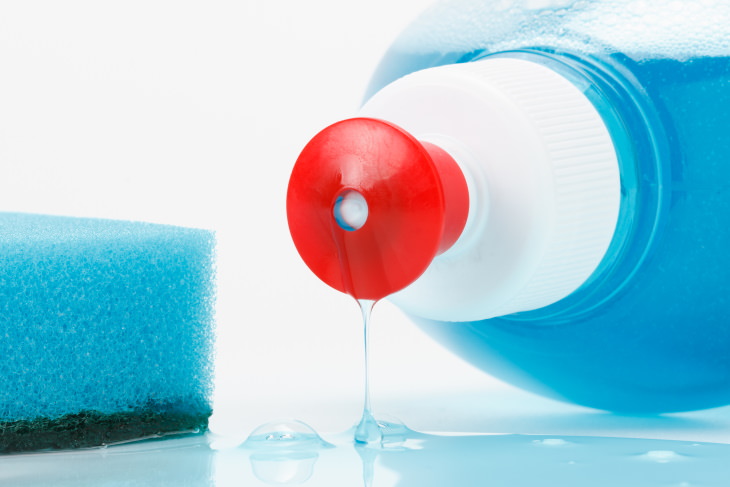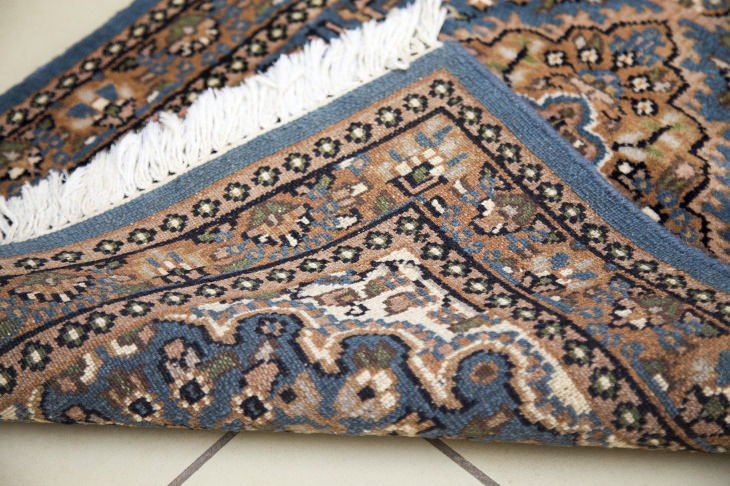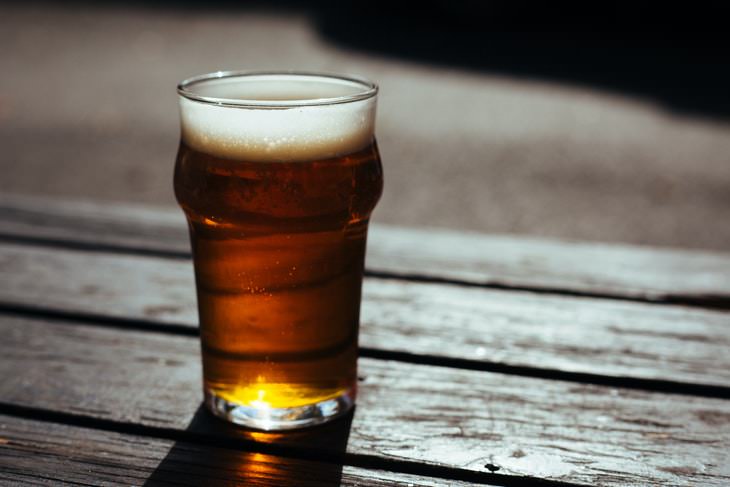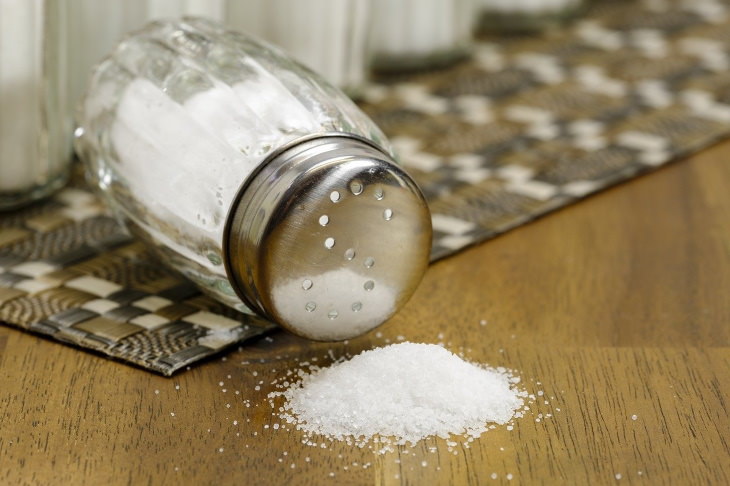Too often, we tend to opt for the new and
shiny things, forgetting about the old school, tried and tested methods.
This is also true when it comes to cleaning. With an entire aisle full
of cleaning supplies available at every supermarket, we tend to forget
all about the traditional and often no less effective cleaning products
used by our grandparents and great-grandparents, which is a real shame.
Truth be told, the cleaning methods used by
the wiser generations are often cheaper, contain fewer chemicals, and
are also way easier to find. In fact, most of them we’ll be able to
locate in our own kitchen pantry already. In this article, we wanted to
remind you of 11 tried and true cleaning methods that truly outperform
newer cleaning supplies.
1. Make your own window cleaning spray
It may be tricky to find a replacement for store-bought glass cleaners,
as most home cleaning products tend to leave streaks and stains behind.
But don't worry, grandma's got you covered: simply mix 2 tablespoons of
ammonia with half a gallon of warm water (about 2 liters), and you're
done. This mixture works just as well as a storebought glass cleaner
and get smudges and stain off of mirrors, windows, and glass furniture,
all streak-free. By the way, you can also replace paper towels with
newspapers when cleaning windows - they work just as well.
2. Prevent mildew from collecting on the shower curtain
It's super annoying when a relatively new shower curtain suddenly starts
developing mildew. Fortunately, it's super easy to prevent - simply
trim off the bottom seam on the shower curtain. This will ensure that
water doesn’t collect at the bottom of the curtain and it dries off
before mildew could form. Once the curtain does get a bit grimy, though,
you can always throw it in the washing machine together with a towel
and it will be as good as new again.
3. Get rid of persistent stains with baking soda
Persistent burnt stains on the bottom of pots and pans can linger on for
weeks or months, and no soaking can help get rid of them. Who knew a
simple kitchen staple like baking soda could help? But it's true, simply
mix baking soda with a little bit of water until it forms a thick
paste, and then coat the stain in question with a thick layer of the
paste. Let the baking soda dissolve the stain for about 4-5 hours or
overnight, occasionally spritzing it with water. Afterward, simply wipe
off the baking soda, and the stain should be gone. Repeat several times
if needed.
Bonus: the same method works wonders at cleaning the oven without the
need to use any chemicals.
4. Use coffee to get rid of odors around the house
Coffee has remarkable odor-absorbing and smell-canceling properties -
this is exactly why fragrance sellers provide customers with coffee
beans as a "nasal palate cleanser". Households have been using these
properties for decades to get rid of odors around the house and replace
it with a cozy coffee aroma. You can put a small cup of coffee beans
next to the garbage, in the fridge, or anywhere else. Over time, it will
absorb any unpleasant smells. Needless to say, you won't be able to
reuse the beans to make coffee, so this trick works best with cheap
beans or old coffee.
5. Make your silverware sparkling clean with toothpaste
Although toothpaste is the most common way to clean one's teeth today,
in the past, tooth powder was used for the same purposes. Over time,
people also realized that this tooth powder also works great at removing
tarnish from silverware without damaging the fragile surface of the
utensils. Polishing the silverware with the powder also gave it a nice
shine. When the first toothpaste was invented, it too was used to clean
silverware, a trick that many of us have now forgotten.
So, if your forks and knives are in need of a good clean, try polishing
them with some toothpaste. The trick is to use a plain white toothpaste
instead of the gel stuff, though, as it's closer to that original tooth
powder formula and is much better at polishing silverware.
6. Use cloth diapers to dust the house
Did you know that microfiber cloths are made of plastic? It's true, the
now ubiquitous cleaning cloths may do a great job at cleaning various
surfaces around the house, but all of them are produced from either 100%
polyester or a blend of polyester and polyamide. Therefore, using them
only causes more plastic pollution, and is by no means environmentally
friendly.
Luckily, the previous generations have a more eco-friendly solution in
mind. It turns out that using cloth diapers isn't just as effective as
microfiber cloths, it's also kinder to the environment. This is because
cloth diapers are nearly always made of natural fibers, such as linen,
cotton, and hemp. An extra advantage to using cloth nappies as a dusting
rag is also that they can be cleaned in the washing machine at high
temperatures without losing their cleaning properties, unlike a
microfiber cloth.
7. An easy solution for wall crayon stains
Left your kids or grandkids alone in the room for just a second, and now
you suddenly have a crayon masterpiece in the middle of the wall? It's a
known issue, and we're hardly the first generation to deal with it. Yet
again, our grandparents have a solution for us, so let's not reinvent
the wheel and listen, as we should. Get some dry cleaning solvent, soak a
cloth in it, and proceed to erase the masterpiece from the wall.
This method is extremely effective, but be careful and patch-test in an
inconspicuous area of the wall first to make sure that it doesn't leave
any stains. This trick shuld also probably be best avoided on antique
wallpaper or very old walls.
8. Fight soap stains with more soap!
Soap scum can be quite difficult to clean up, unfortunately, but once
you realize that most soap scum is just build up soap mixed with body
oils, the job becomes much easier. If you've seen your parents and
grandparents clean the bathroom with dish soap or even laundry
detergent, you might have been puzzled, but it's actually the smart
thing to do, and they knew it well. This is because both of these
detergents are formulated specifically to remove oil and grease stains
from surfaces, and now that you know what soap scum is made of, it
becomes only logical to use them to scrub away the soap scum from the
shower. We urge you to try it.
9. Render your carpets dust free with tea
To say that a dusty and smelly carpet is the source of all evil is
hardly an exaggeration because the majority of dust and debris in the
room comes precisely from the carpet. When we're walking or sitting on
the carpet, or when our pets are rolling around on it, all of the dust
and dirt goes up into the air, and it then settles on the furniture,
making it look as if you've never dusted your house in the first place.
Not to mention that all this dust is also the perfect place for germs to
stick around.
Therefore, having a quick solution for this issue is really important,
and at times when you don't feel like it's time to wash the carpet just
yet, but need a quick fix to get rid of dust and bad smells, reach into
your kitchen pantry for some loose leaf tea. Simply sprinkle plenty of
tea evenly over the carpet, wait for 15 minutes, and then vacuum the
carpet as usual. This method is sure to help you get rid of stale odors
and dust from the carpet.
10. Leftover beer can be easily reused to clean your home
Yes, people in the past did utilize beer in a variety of ways, too, and
it turns out that the alcoholic beverage is not only beneficial when
it's inside you. They used old or leftover beer to refresh wooden
furniture, for example, by simply soaking a cloth with beer and
varnishing the surface of the furniture with the beverage. The beer may
make the furniture a bit sticky, but you can get rid of the stickiness
by simply washing the beer residue away with a damp cloth. The result is
pretty amazing - the beer will tint the wood into a nice golden-brown
color.
11. Absorb spills with salt
Just a sprinkling of salt can do wonders at absorbing fresh liquid
stains and making them look less apparent. This trick works on any
surface, too, be it wood, carpet, or even clothing. Simply sprinkle some
salt on the fresh stain, let it sit and absorb the stain for a few
hours, and then dust off and wash the item in question with soap and
water. This clever method works on all kinds of stains, even persistent
ones like those left by ketchup or red wine.
